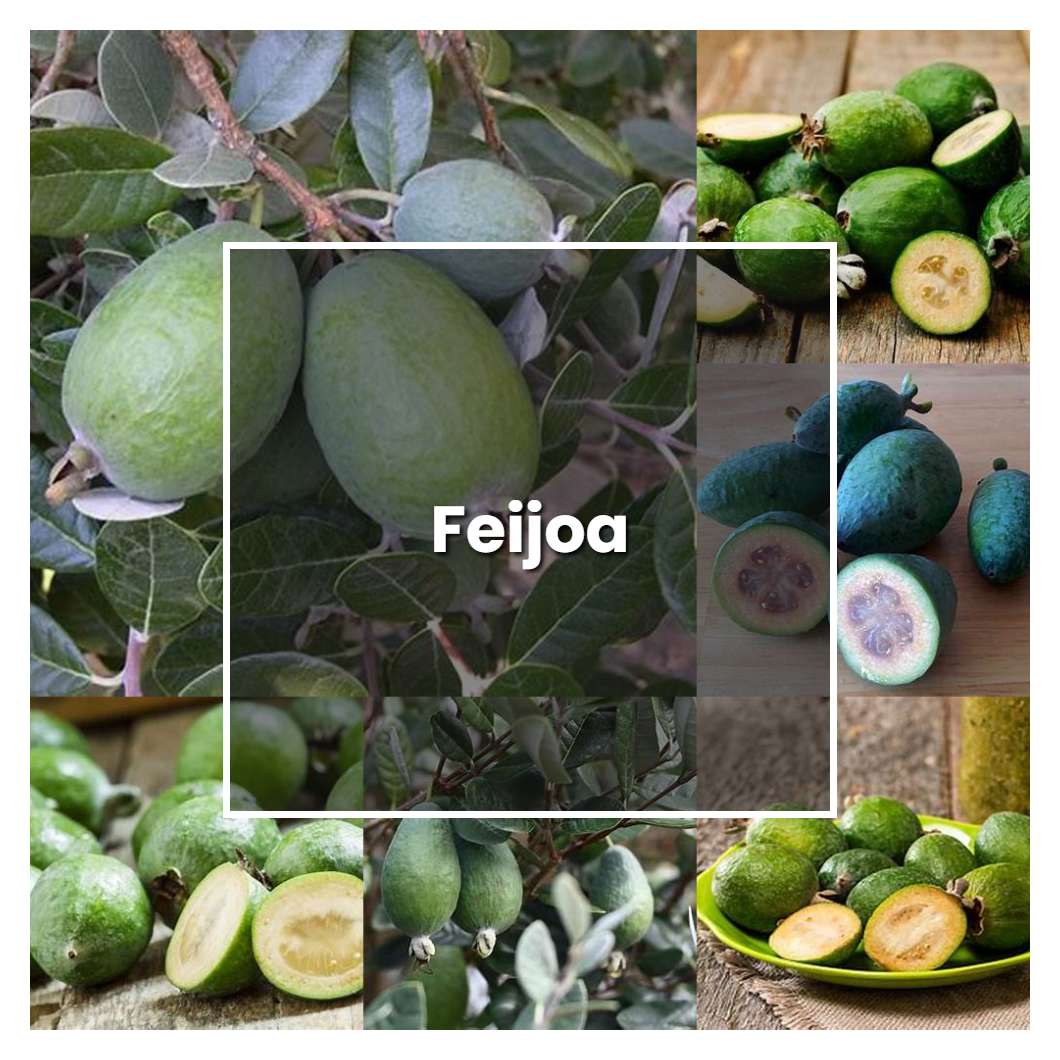Feijoa is a plant. The fruit of the feijoa is edible and has a sweet taste. The feijoa is native to South America and is grown in many parts of the world.

About soil condition, Feijoa grow best in a sunny position in well-drained soil. They are not too fussy but prefer a slightly acidic soil. If you have heavy clay soil, consider planting feijoa in a raised garden bed.
Just like other plants, feijoas need sunlight to grow properly. However, they are a little more versatile than some other fruits and can tolerate partial shade. This means that they can be grown in a wide range of locations, from full sun to partial shade. The amount of sunlight will affect the size and abundance of the fruit, but the plant will still be able to produce a decent crop even in less than ideal conditions.
The temperature condition is perfect for feijoas. They need a warm climate to ripen properly, so they grow well in regions like California and New Zealand. In the United States, feijoas are grown in Hawaii, California, and Florida.
Ideal humidity condition for this plant is 50% to 60%. The feijoa is a fruit-bearing shrub or small tree in the myrtle family. Native to southern Brazil, northern Argentina, and Uruguay, it has been cultivated in these countries and in Paraguay, Bolivia, Chile, Peru, Colombia, Venezuela, Ecuador, Hawaii, the Mediterranean, Australia, New Zealand, and South Africa. The feijoa is also known as the pineapple guava, guavasteen, or guayaba. The fruit is oval or pear-shaped, with a green or yellow skin and a white or pink flesh. The flesh is juicy and has a sweetness reminiscent of pineapple and strawberry. The feijoa is a good source of vitamins C and A, as well as potassium and fiber.
About fertilizer, this plant doesn't need much. Once a month during growing season, using a low nitrogen fertilizer should be fine. Be careful not to overdo it, too much fertilizer can damage the roots. The roots are delicate, so be careful when you're watering, too.
Pruning is an important part of maintaining a healthy feijoa plant. By pruning the plant, you are able to control its growth and shape. It is also important to remove any damaged or diseased branches.
Propagation is the process of creating new plants from existing ones. There are many ways to propagate plants, but the most common method is to use cuttings. To propagate a feijoa plant, take a 6-8 inch cutting from a healthy, existing plant. Strip the leaves from the bottom half of the cutting, and dip the exposed end in rooting hormone. Plant the cutting in a pot filled with moist, well-draining potting mix, and place the pot in a warm, bright location. Keep the soil moist, but not wet, and in 4-6 weeks, roots should begin to form. Once the roots are established, transplant the cutting into a larger pot or into the ground.
Usually, the plant growth rate during the day. However, there are a few hours in the late afternoon and early evening when the feijoa plant's growth rate significantly decreases. During these hours, the plant's leaves and stems become limp and its flowers close.
Common problems for this kind of plant are powdery mildew, rust, and anthracnose. These can all be controlled with a fungicide. The best time to use a fungicide is in the spring, before the flowers open.
Source:
Feijoa Fact Sheet - Fruit & Nut Research & Information Center - ucanr.edu
General | When and how to graft a Feijoa (Acca Sellowiana)?
Feijoa sellowiana derived natural Flavone exerts anti ... - Academia.edu
